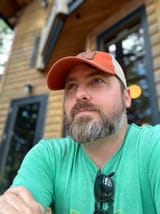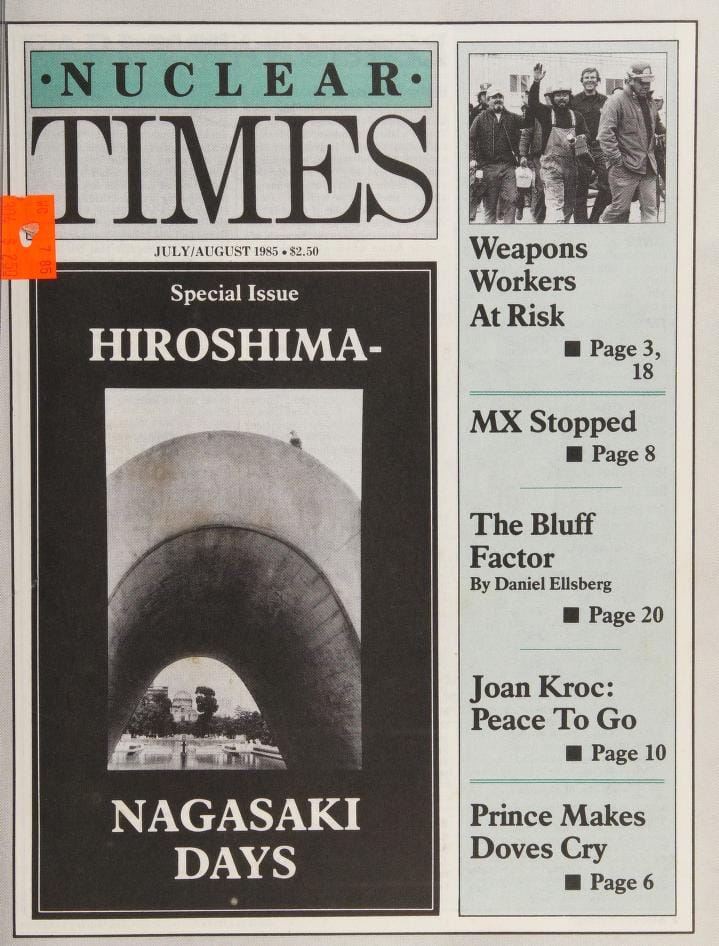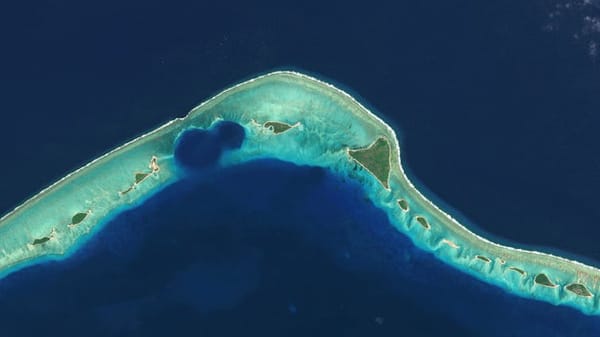ICAN launches memorial for child-victims of atomic bombs
The stories of children lost to the atomic bomb galvanized Japan for nuclear disarmament. ICAN hopes a new online memorial can spur a renewed disarmament movement and preserve the cultural memory of the hibakusha.
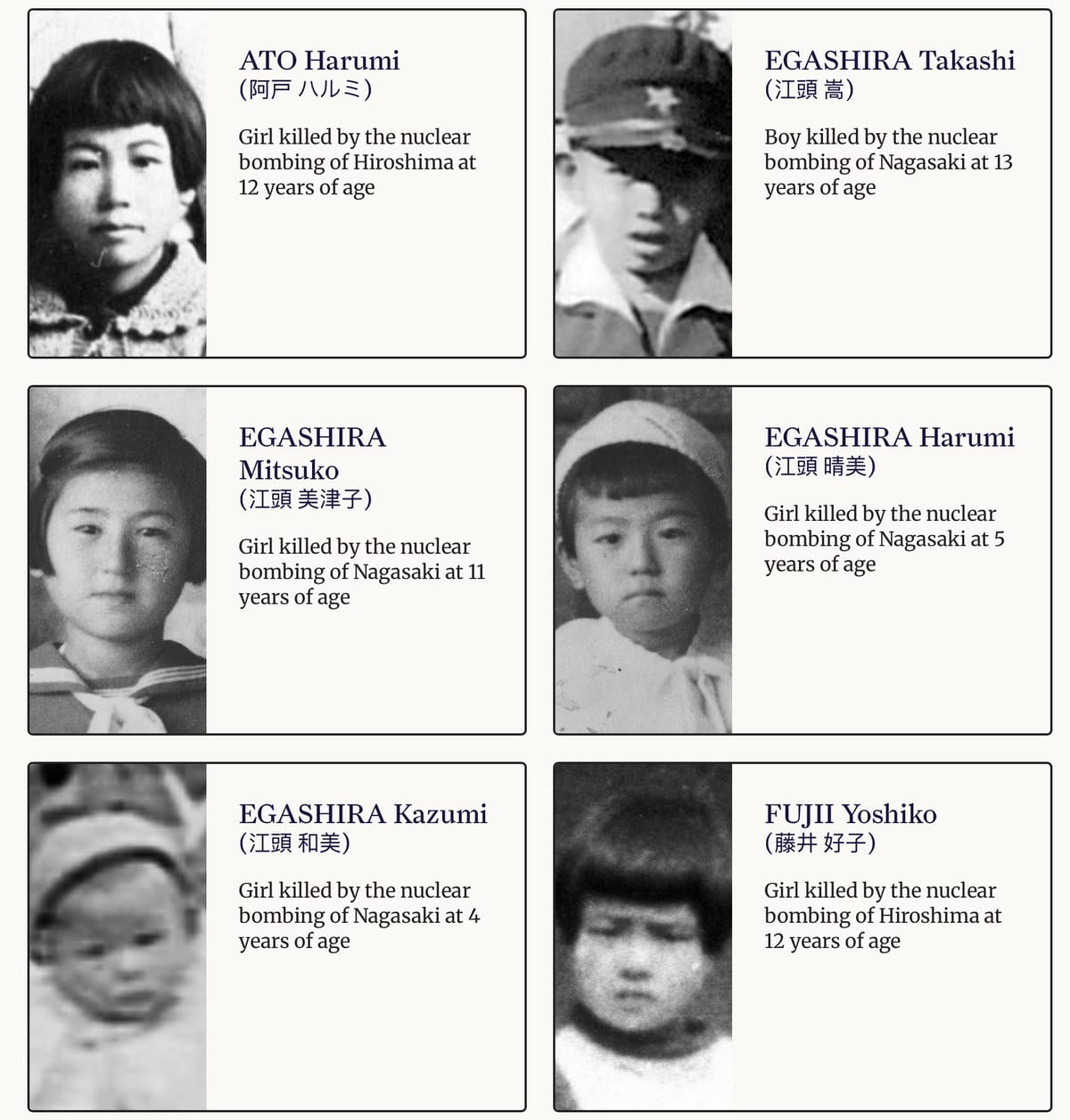
For three days straight, NHK radio, the oldest and largest broadcaster in Japan, continuously read the accounts of parents who lost children to the atomic bombing of Hiroshima. This remarkable broadcast in August 1955, brought national attention to “Our Recollections,” a 1954 publication profiling 86 boys from the First Hiroshima Prefectural Junior High School. Most of the accounts were written by their grieving parents. The publication emerged nearly a decade after the bombings, when both the US occupation authorities and the Japanese government had sought to hide the humanitarian consequences of the atomic attacks.
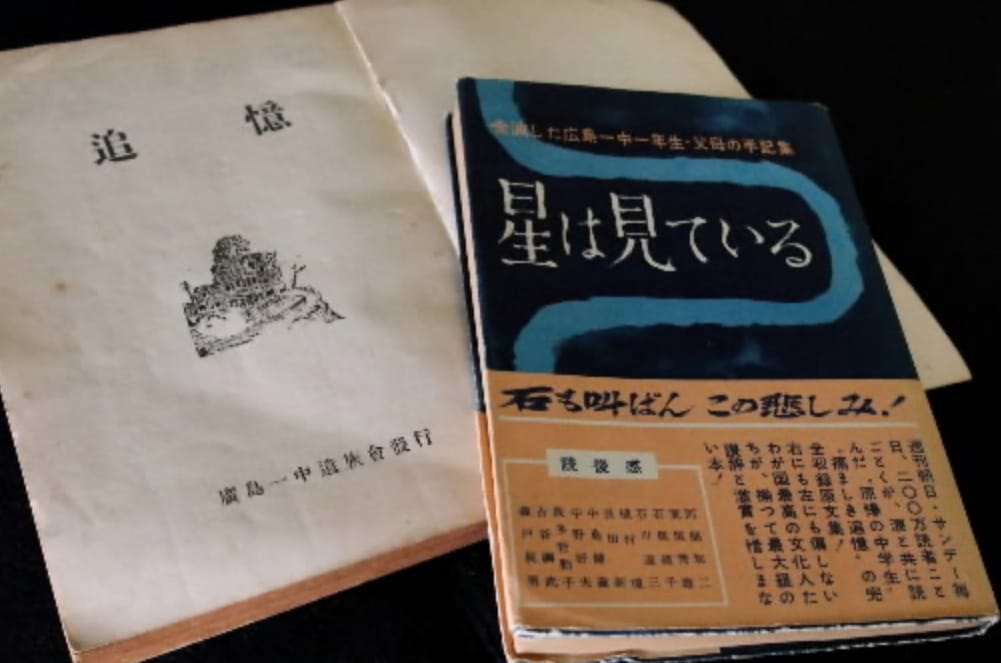
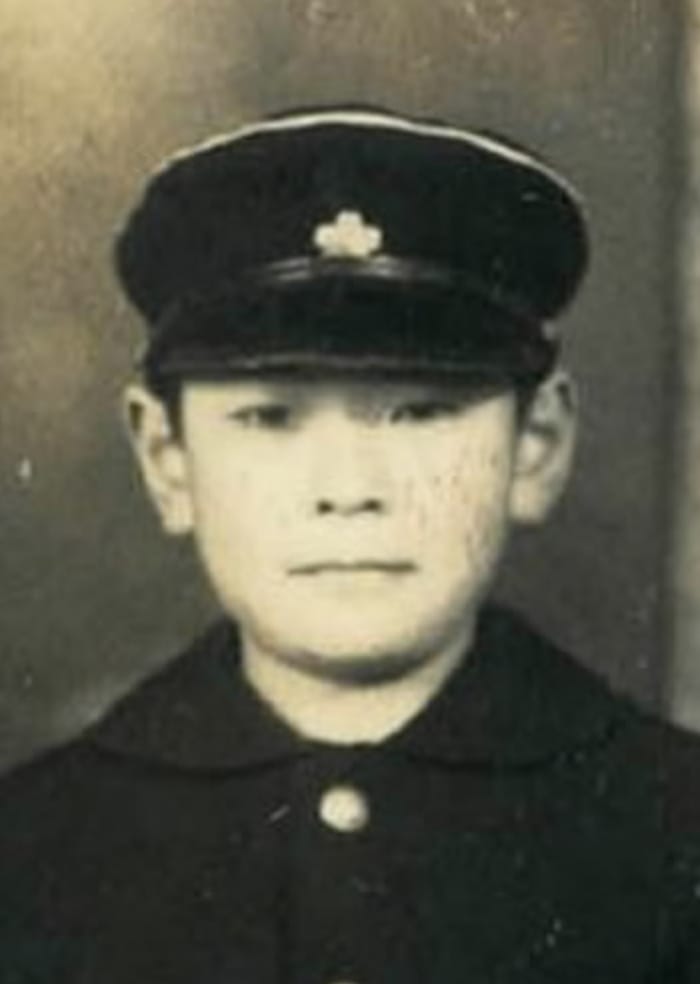
A 194-page book version of “Our Recollections” published as Stars are Watching.
The power of “Our Recollections” (later republished as “Stars Are Watching”) cannot be overstated. The school had lost 353 students in the atomic bombing, who perished in the school building located about 800 meters from the hypocenter or at mobilization sites where they were helping to dismantle buildings. When the book appeared in 1954, two major weekly magazines with circulations of one million each featured excerpts. Accounts of the damage in Hiroshima and Nagasaki were censored by the U.S. occupation until Japan regained political control in 1952.
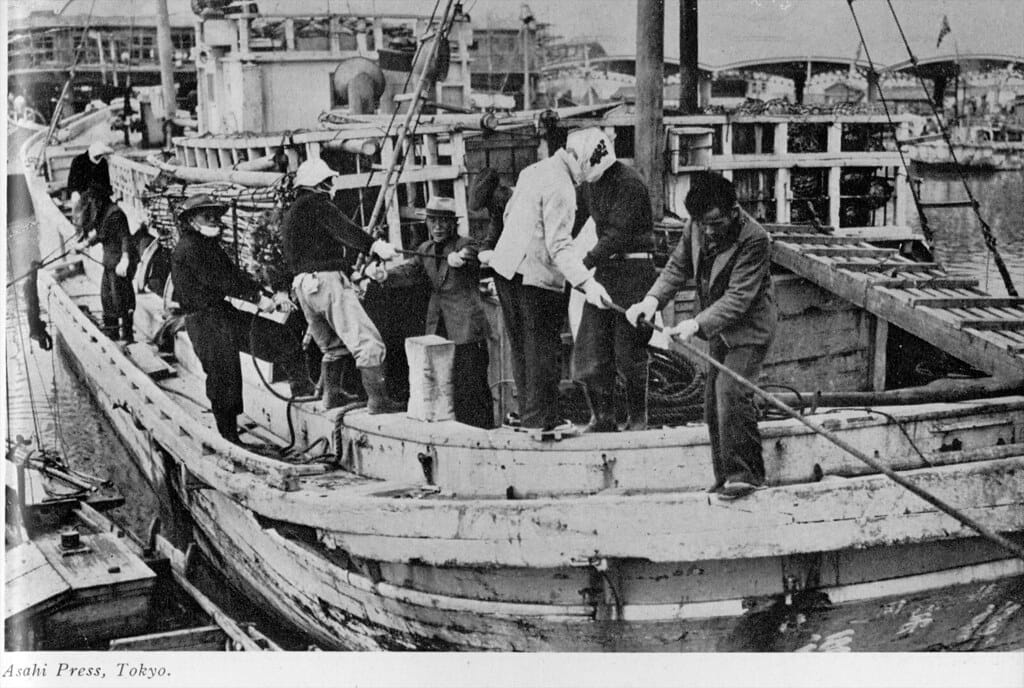
The timing was fortuitous—just a month before publication, the Lucky Dragon No. 5 incident had exposed Japanese fishermen to radioactive fallout from the U.S. hydrogen bomb test Castle Bravo, shocking the public and triggering nationwide campaigns to ban nuclear weapons.
Help us launch the new Nuclear Times in print and online.
The book’s written accounts, filled with the mourning of parents whose beloved children were stolen away in the atomic bombing, was met by a powerful response. One father wrote of his 13-year-old son Yoshitora, who managed to return home after the bombing but died weeks later: “I want to be able to swim well this year by practicing in the river behind us” and “I used cardboard to make the school emblem of First Middle School. When I get better, I look forward to going back to school and taking it with me.” The collection’s leader, Masayuki Akita, later explained: “Parents can never forget the loss of their children. These written accounts serve as graves for their children in the hearts of family members.”
Today, as the world marks the 80th anniversary of the atomic bombings of Hiroshima and Nagasaki, the International Campaign to Abolish Nuclear Weapons (ICAN) has created a powerful digital monument that builds directly on this tradition of bearing witness. The Children’s Peace Memorial, launched in 2025, stands as both a solemn remembrance and an urgent call for nuclear disarmament, ensuring that the youngest victims are never forgotten—just as those grieving parents sought to do seventy years ago.
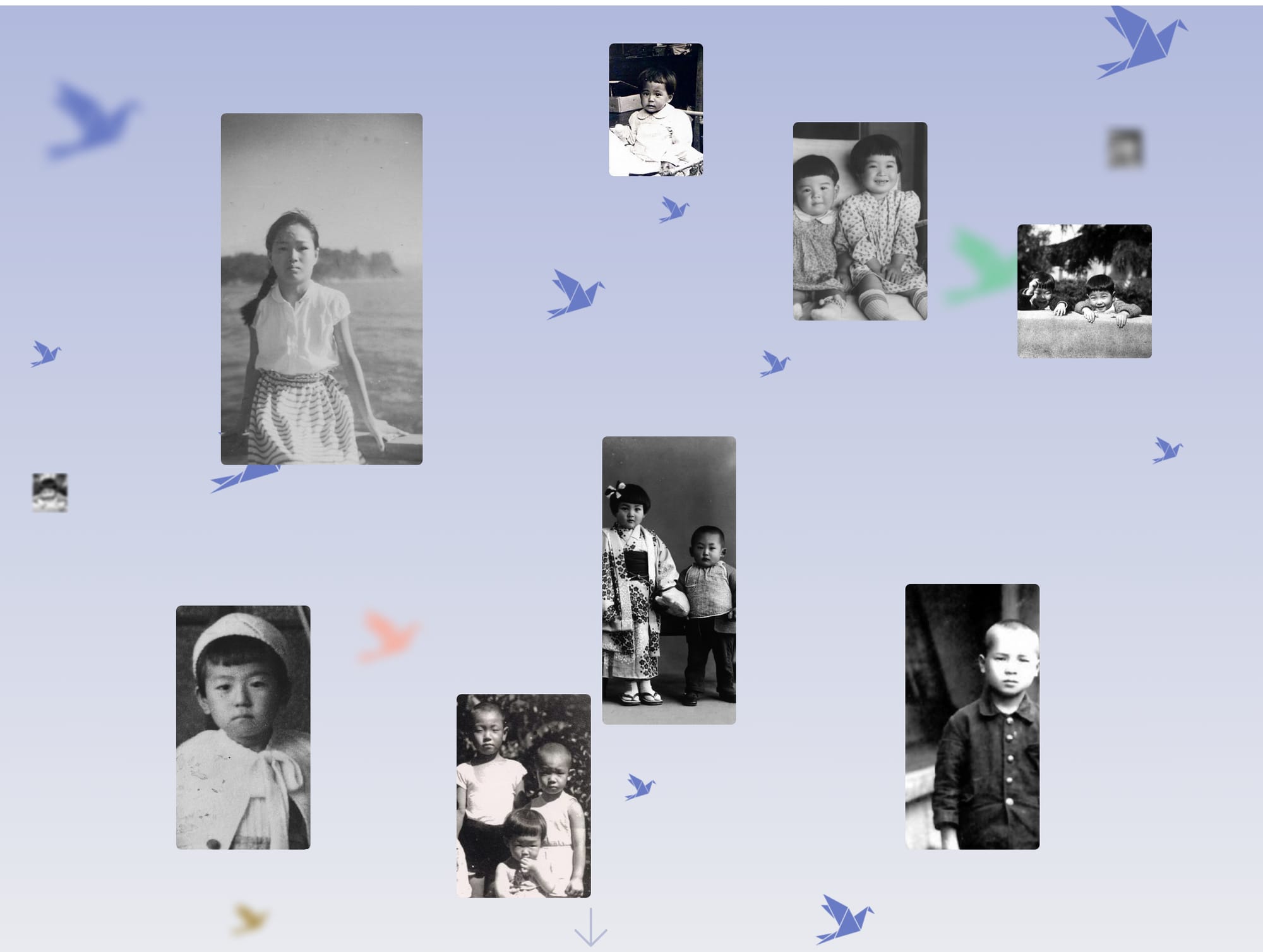
A Digital Monument to Lost Lives
The Children’s Peace Memorial honours the memories of the 38,000 children killed in the US nuclear bombings of Hiroshima and Nagasaki in August 1945. This online memorial represents a new approach to commemoration in the digital age, making the stories of these young victims accessible to a global audience.
The Children’s Peace Memorial, supported by organisations in Hiroshima, Nagasaki, and around the world, features over 400 profiles of children killed by the US nuclear bombings in August 1945. Each profile humanizes the staggering statistics, transforming numbers into individual stories of lives cut short.
Connecting Past Tragedy to Present Action
In an article announcing the project in July, ICAN noted that Setsuko Thurlow’s activism inspired the memorial. She was a 13-year-old student in Hiroshima when the bomb was dropped.
Thurlow highlighted the suffering of her four-year-old nephew during the 2017 Nobel Peace Lecture:
“Whenever I remember Hiroshima, the first image that comes to mind is of my four-year-old nephew, Eiji – his little body transformed into an unrecognisable melted chunk of flesh. He kept begging for water in a faint voice until his death released him from agony. To me, he came to represent all the innocent children of the world, threatened as they are at this very moment by nuclear weapons.”
Eiji’s profile is included in the memorial. Tim Wright of ICAN, who initiated the mammoth project hopes it will focus attention on the humanitarian reality of nuclear weapons, saying, “We want the public to better understand the staggering human toll of the nuclear bombings.”
ICAN is encouraging visitors to fold paper cranes as an act of remembrance and to support the Treaty on the Prohibition of Nuclear Weapons, linking historical memory to contemporary disarmament efforts.
A Timely Reminder
The launch of this memorial comes at a critical moment. With the hibakusha (atomic bomb survivors) now averaging 86 years old and numbering less than 100,000, their firsthand testimonies will soon be lost to history. The Children’s Peace Memorial serves as a bridge between the lived experience of 1945 and the nuclear threats of today.
As nuclear weapons continue to pose existential risks to humanity, ICAN’s memorial reminds us that the victims of atomic warfare were not merely statistics but individuals with names, families, and futures that were violently erased. The 38,000 children who died in those August days of 1945, and many within that year, represent not only a historical tragedy but a warning about the human cost of nuclear weapons that remains relevant eight decades later.
Wright sees this as a critical moment to remember and act. He continued, “By sharing their heart-wrenching stories, we hope to honour their memories and spur action for the total abolition of nuclear weapons – an increasingly urgent task given rising global tensions.”
The Children’s Peace Memorial stands as both a digital cenotaph and a call to action, ensuring that the youngest victims of nuclear warfare are remembered while working toward a world where such tragedies can never happen again.
